Michigan in Spring!
GardenKiwi
19 years ago
Related Stories
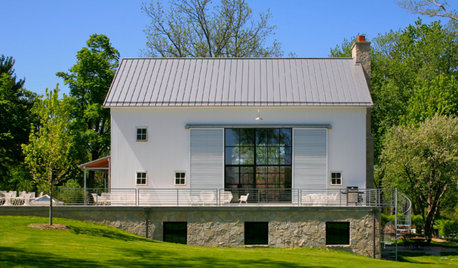
ARCHITECTURESaving Grace: Reconstruction Rescues a Michigan Barn
Working-farm rustic goes stylishly modern, thanks to the loving reinvention efforts of a determined homeowner
Full Story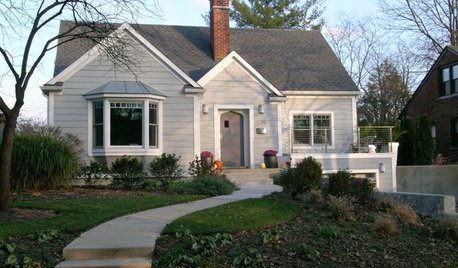
REMODELING GUIDESOne Big Happy Expansion for Michigan Grandparents
No more crowding around the Christmas tree. Friends and extended family now have all the elbow room they need, thanks to a smart addition
Full Story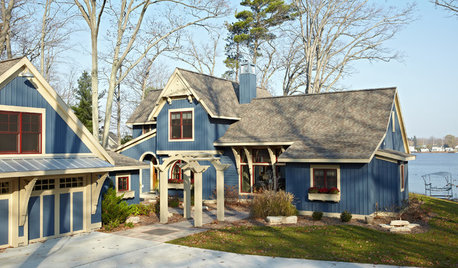
VACATION HOMESHouzz Tour: Historical Details Charm in a Lakeside Michigan Home
Victorian touches harmonize with contemporary amenities in this inviting vacation home with its own dock on the lake
Full Story
VACATION HOMESHouzz Tour: A Modern Retreat in the Michigan Woods
A Chicago couple’s new vacation home melds modern design with breathtaking views of nature
Full Story
VACATION HOMESMy Houzz: A Peaceful Florida Getaway for Michigan Snowbirds
A high-rise beachfront condo becomes a spacious and bright vacation haven with coastal style
Full Story
SPRING GARDENING7 Spectacular and Practical Spring-Flowering Trees
Put on a beauteous show in the garden with a landscape tree awash in flowers — just do your homework first
Full Story
LIFEFall Planning for a Successful Big Spring Party
Get started now on assessing, completing home projects and cleaning to keep party stress and effort to a minimum come spring
Full Story
GARDENING GUIDESLet Lilac Love Flower This Spring
Whatever you bestow or receive for Mother's Day, lilacs can be an unmatched gift in the garden in May
Full Story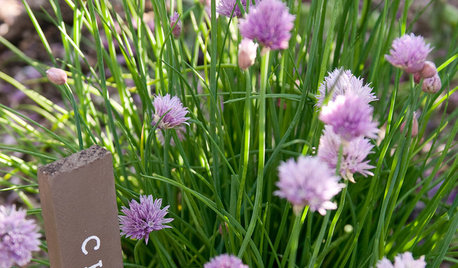
GARDENING GUIDESSimple Pleasures: Savor the First Spring Day in the Garden
How will you answer the call of the garden once the birds are chirping, the bulbs are blooming and the air is inviting?
Full Story
DECORATING GUIDESBudget Decorator: 14 Ways to Invigorate Your Home for Spring
Bring on the bright color, personal touches and unexpected art for easy makeovers with a breezy spirit
Full StorySponsored






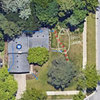
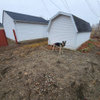
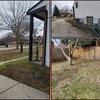
Sherry_AK
paul_
Sherry_AK
paul_
Sherry_AK
wizardnm
Sherry_AK
AnneCecilia z5 MI
Sherry_AK
Mozart2
Sherry_AK
Mozart2
Sherry_AK
GardenKiwiOriginal Author
Mozart2
Keli
Sherry_AK
GardenKiwiOriginal Author
Sherry_AK
dianezone5
Mozart2
Sherry_AK
paul_
MissBeth
Sherry_AK
MissBeth
Sherry_AK
Nancy in Mich
GardenKiwiOriginal Author
Missy, Traverse City, Mi Z5
GardenKiwiOriginal Author
murphyl
Mozart2
Missy, Traverse City, Mi Z5
GardenKiwiOriginal Author
Mozart2
rickp
karenforroses
Missy, Traverse City, Mi Z5
Holly S.